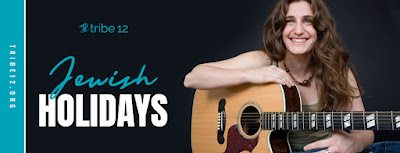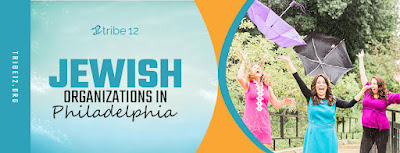Unveiling the Rich Tapestry of Jewish Holidays
Welcome to the vivid kaleidoscope of Jewish culture and tradition, where
each holiday has its tapestry of history, meaning, and celebration. In this
article, let's go through the main Jewish festivals, unravelling the threads of
Rosh Hashanah, Yom Kippur, Sukkot, Hanukkah, Purim, Passover, and Shavuot. Join
us as we explore the core of these Jewish Holidays traditions that
characterize the Jewish calendar.
Rosh Hashanah:
Our voyage begins with Rosh Hashanah, the Jewish New Year, which signals
the start of the High Holy Days. This sombre occasion, held on the first and
second days of Tishrei, is marked by meditation, prayer, and the sounding of
the shofar. Families gather to savour symbolic meals such as apples soaked in
honey, symbolizing their wishes for a pleasant and bountiful year ahead.
Yom Kippur:
Following Rosh Hashanah, we have Yom Kippur, the Day of Atonement, which
is a day of fasting, prayer, and repentance. It is a moment for self-reflection
and seeking forgiveness from both God and others. The melancholy sound of the
shofar marks the end of this profound day, symbolizing spiritual regeneration
and a new beginning.
Sukkot:
Moving on to the festive holiday of Sukkot, we celebrate the harvest
season and remember the temporary homes the Israelites lived in on their trek
through the desert. Families build sukkahs (booths) covered with holiday
decorations, and meals are served inside these symbolic buildings. The
"Four Species" - etrog, lulav, myrtle, and willow - are fundamental
to Sukkot customs.
Hanukkah:
As winter approaches, Hanukkah, the Festival of Lights, lights the
Jewish calendar. This eight-day event commemorates the miracle of the oil in
the old Temple when a one-day supply lasted eight days. Hanukkah is a season of
joy, commitment, and resilience, with people lighting menorahs, spinning
dreidels, and eating traditional dishes like latkes and sufganiyot.
Purim:
Enter the passionate celebration of Purim, a festival honouring the
Jewish people's deliverance from the evil Haman, as told in the Book of Esther.
Purim is celebrated with vibrant readings from the Megillah, extravagant
costumes, and the giving of presents and charity. The joyful environment
symbolizes the triumph of virtue over evil, as well as the Jewish community's
solidarity.
Passover (Pesach):
Passover, also known as Pesach, is a major festival that commemorates
the Exodus tale. Families meet for the Seder dinner, during which the Haggadah
is read, unleavened bread (matzah) is eaten, and symbolic dishes on the Seder
plate reflect various portions of the story. The weeklong celebration promotes
a strong connection to Jewish history.
Shavuot:
Shavuot, or the Festival of Weeks, marks the delivery of the Torah at
Mount Sinai and brings our investigation to a close. Shavuot, traditionally
celebrated with all-night Torah study sessions, is a time for spiritual
introspection and thanks. Dairy meals such as cheesecake and blintzes are
popular during this holiday season.
Conclusion:
Each Jewish festival adds to the Jewish people's collective narrative.
These festivals provide a sense of solidarity, tradition, and spiritual
connection, ranging from serious meditation to joyful miracle commemorations.
As we read through the Jewish calendar, we uncover a timeless path of faith,
perseverance, and celebration that has shaped the Jewish community's cultural
identity.
Tribe 12 introduces people in their twenties and thirties to Jewish life
and community in Philadelphia now, in the hopes that they will choose to stay
engaged tomorrow when they may celebrate all the Jewish Holidays together.




Comments
Post a Comment